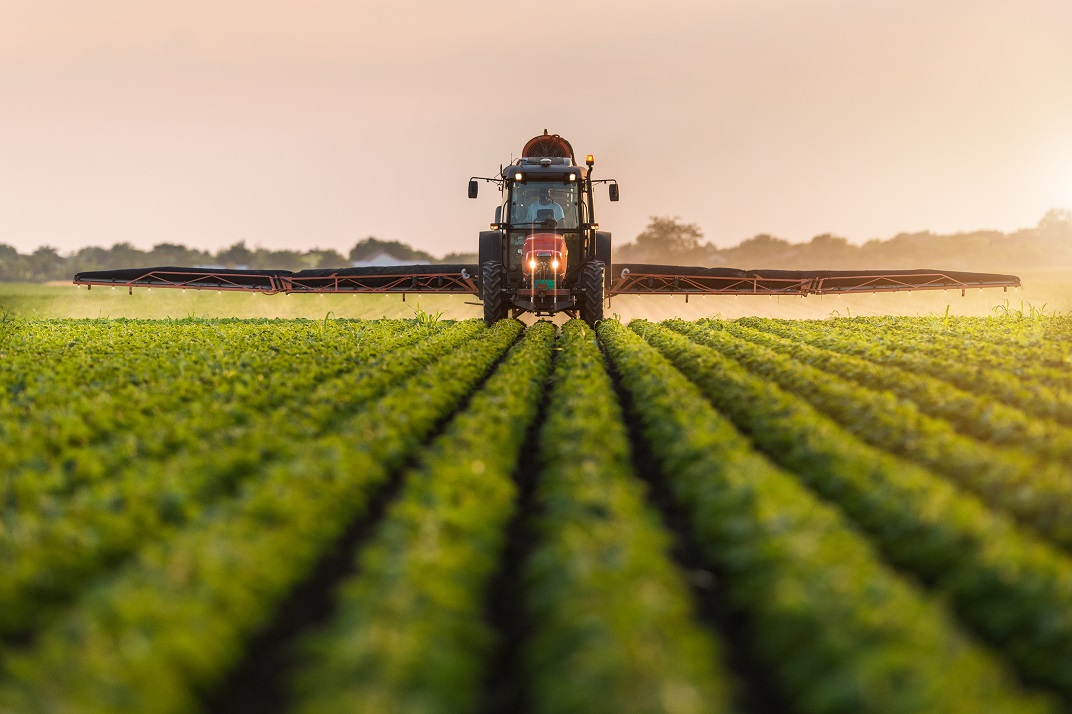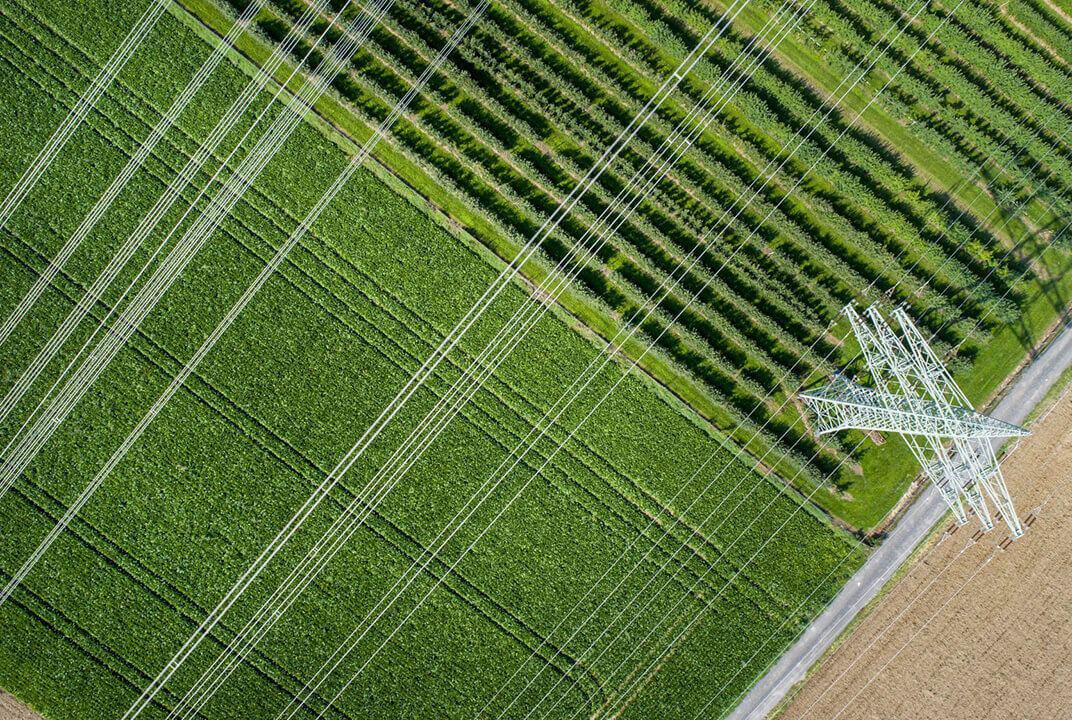Insight | Monitoring, automation and asset tracking in a post-pandemic world
Monitoring, automation and asset tracking in a post-pandemic world
null
Inmarsat's Steven Tompkins explores how farmers and growers are taking advantage of AgTech solutions and devices, powered by satellite connectivity, to address challenges faced during the COVID-19 pandemic.
Industries across the world are beginning to emerge into a ‘new normal’ following the impact of COVID-19 and are reflecting on how they coped, what has been learned and how the experience will shape the future. The agriculture industry and downstream food supply chain has fared relatively well during the pandemic, however the challenges have exposed a number of chinks in the armour in the resiliency of the food system.
Temporary unavailability of freight capacity and rapidly changing consumer demand has given rise to a number of challenges in the downstream supply chain. Meanwhile in the field, farmers and growers in certain countries and sectors such as fresh produce have been hit by a rapid decline in the availability of labour for harvesting crops and other key operations.
These challenges have accelerated interest in technologies that build resilience to such temporary setbacks, including the monitoring and automation of key farm infrastructure, as well as asset tracking through the downstream supply chain. All of which can help reduce the dependency on manual labour and build resilience to temporary supply chain shocks.
While there is an array of AgTech solutions available, unreliable and non-existent internet connectivity continues to prevent farmers from harnessing the benefits they offer. Rural areas across the world still suffer from dark spots in connectivity, as do many parts of the complex food supply chain.
Inmarsat’s highly reliable satellite connectivity network has a long track record of enabling technologies to send data in real-time from devices across land, sea and air, including the farming and supply chain sectors.
In particular, our IsatData Pro (IDP) service provides cost-effective two-way communications over satellite for short bursts of data and can be easily integrated into AgTech devices to keep them connected wherever they are on the planet. This helps AgTech companies to unlock new opportunities in areas where terrestrial coverage is unreliable and to grow their market footprint and offer to customers.
IDP is perfectly suited to monitoring and automation, as well as asset tracking and condition monitoring through the food supply chain, such as applications that enable the real-time monitoring of location, temperature and humidity of agricultural commodities in transit. This can reduce post-harvest losses and allow better operational decision making to cope with short term changes in demand from downstream retail.
Given its small form factor and low power consumption, IDP is also perfect for applications in remote, rural areas where access to power is an issue, enabling cost-effective direct satellite communications. Take irrigation; with IDP providing the connectivity and data transfer capabilities needed to provide consistent, accurate readings on soil moisture, farmers and growers can significantly reduce the need for manual field inspections by remote workers. The two way communications means that as well as monitoring basic data, they can also gain the ability to control irrigation systems and other infrastructure (eg pumps) in real-time, further saving human resource and providing the ability to react quickly to maximise yield and quality.
COVID-19 will undoubtedly be a catalyst in accelerating the agriculture industry’s adoption of technology, and satellite connectivity has a key role to play in enabling this transformation. We are excited to partner with a number of AgTech companies to take innovative solutions to the next level, and work to help the agriculture industry thrive in the post-pandemic world.
Related service
About the author
Steven Tompkins is Director of Agriculture and Rail for Inmarsat Enterprise. He is responsible for using Inmarsat’s world leading mobile satellite communications and IoT capability to enable practical solutions which drive productivity, efficiency and safety across agriculture and rail. Steven has extensive commercial experience consulting for large private and public sector organisations within agriculture and downstream supply chains including multinational agri-food companies and the bodies of the European Union. He joined Inmarsat from a leading research organisation in the UK (NIAB) in which he successfully commercialised new science and knowledge into practical tools such as precision water management technologies for the agriculture and associated sectors.


